Reading time is around minutes.
The Test System and Comments -
Our test system is built on an open bench. This has two effects on testing. First it allows us to see everything and also to setup and disassemble the test rigs quickly. Second it means that we cannot gauge the potential air flow found in a normal case. The air is pretty stagnant; some may say this is a great neutral testing method and it can be. However, it does mean that the temperature reading taken off of the components are not accurate to what an average consumer would see. This means that your thermal performance will vary from what we see here. The Gigabyte X79-UD3 was easy to setup. Other than our issue with the 3D BIOS and our KVM we had no issues during the installation or setup. Gigabyte’s installer is pretty functional and with a few clicks (to remove items you do not want) you are off and running. 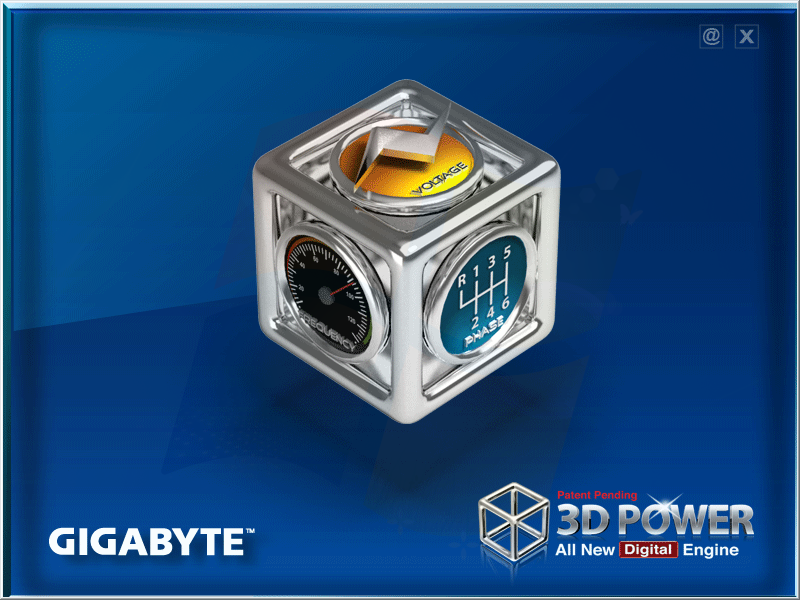
One of the tools that was included with the UD3 was a Windows based 3D Power tool. This tool was nice, but it was very slow. On the main page you are greeted with the 3D cube that Gigabyte likes to use now. In each of the three visible sides is a different section of the 3D power utility. Clicking on any of these sides opens up that part of the utility. It is here that we see just how slow the utility is. Once you get into each section things are much faster and the tool is actually a nice addition (although most enthusiasts will want to use the features in the BIOS).
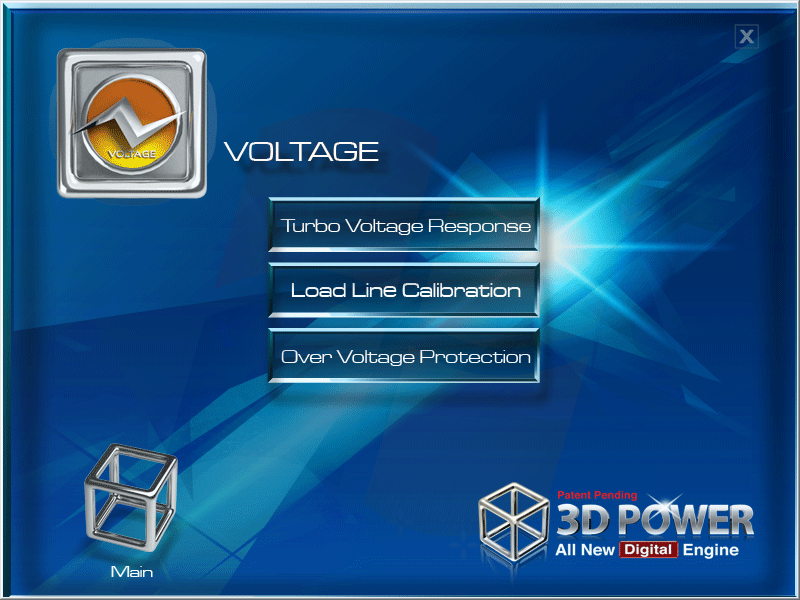 |
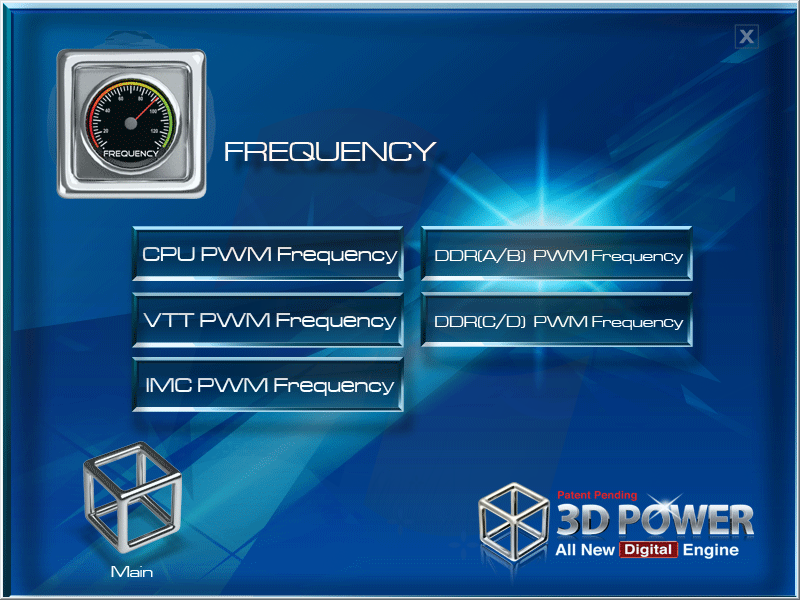 |
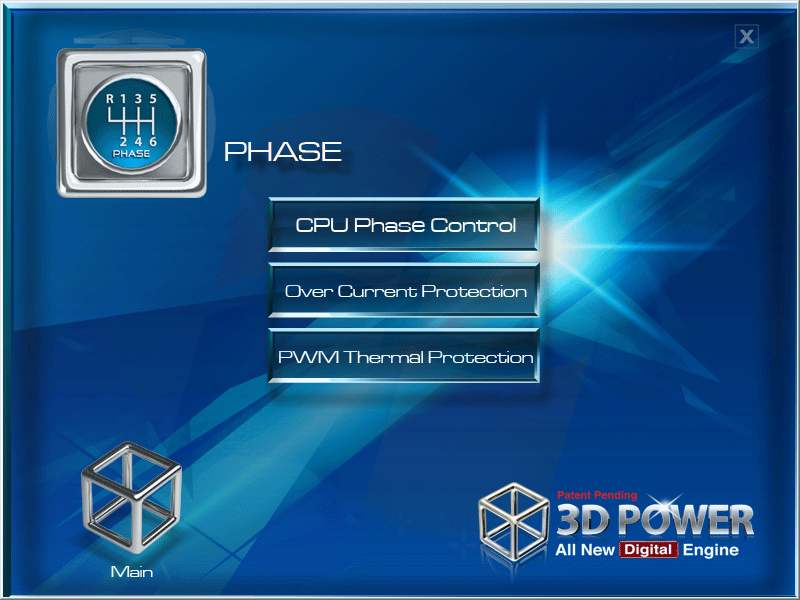 |
Gigabyte has also included DOLBY audio software to help improve the audio quality on the board. This shows up as a small utility in the system tray and when you double click it you get what you see below. We will cover this in more detail in the audio section.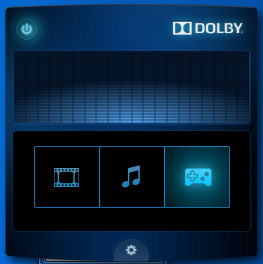
Performance testing overview -
Our testing is a little different than most. We combine both synthetic and real-world applications to simulate the types of performance common to the individual products. For motherboards this means that we run roughly six synthetic tests and two real-world. We will be expanding the real-world testing in the near future. But there is more to performance than just the raw numbers. As there are multiple components and sub-components on a motherboard there each item can have a distinct impact on the way the product will perform once you get it in your system. It is important to note not only the actual results but what they mean to you as a potential consumer. We will try to give this information to you. But we do not just cover the performance aspects that are measurable. We also talk about the components that might not have a direct benchmark. These are items like Audio Quality, ease of use and installation.
